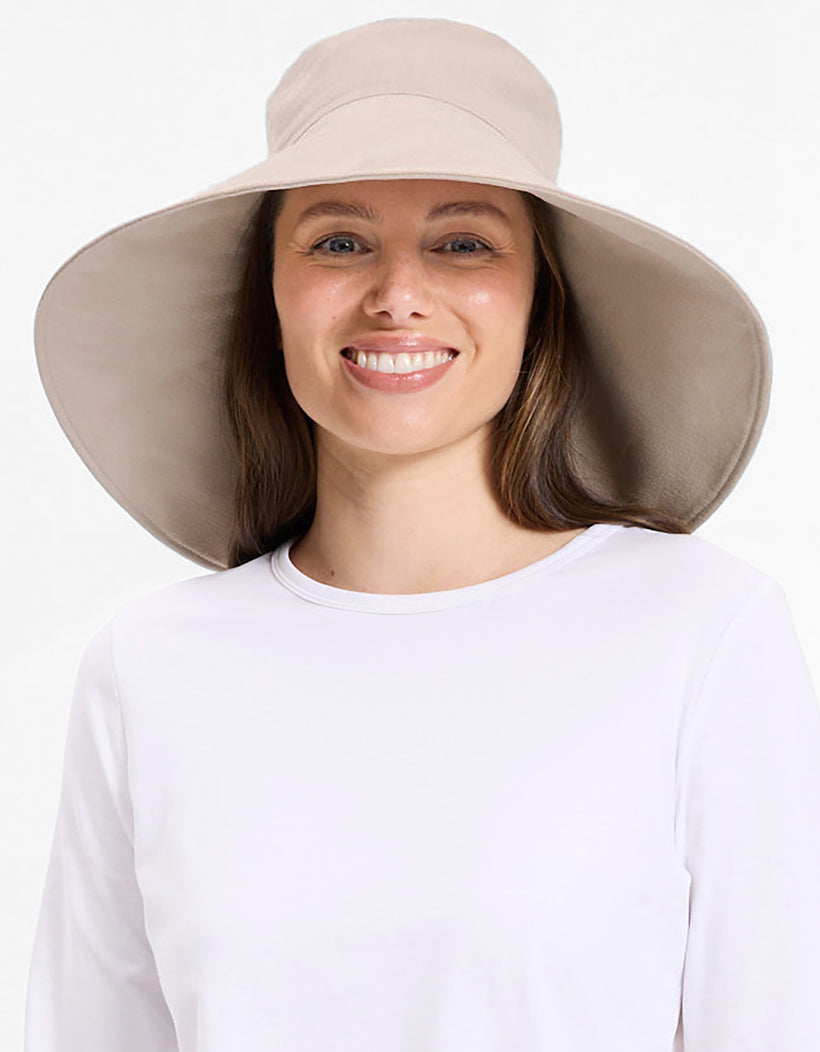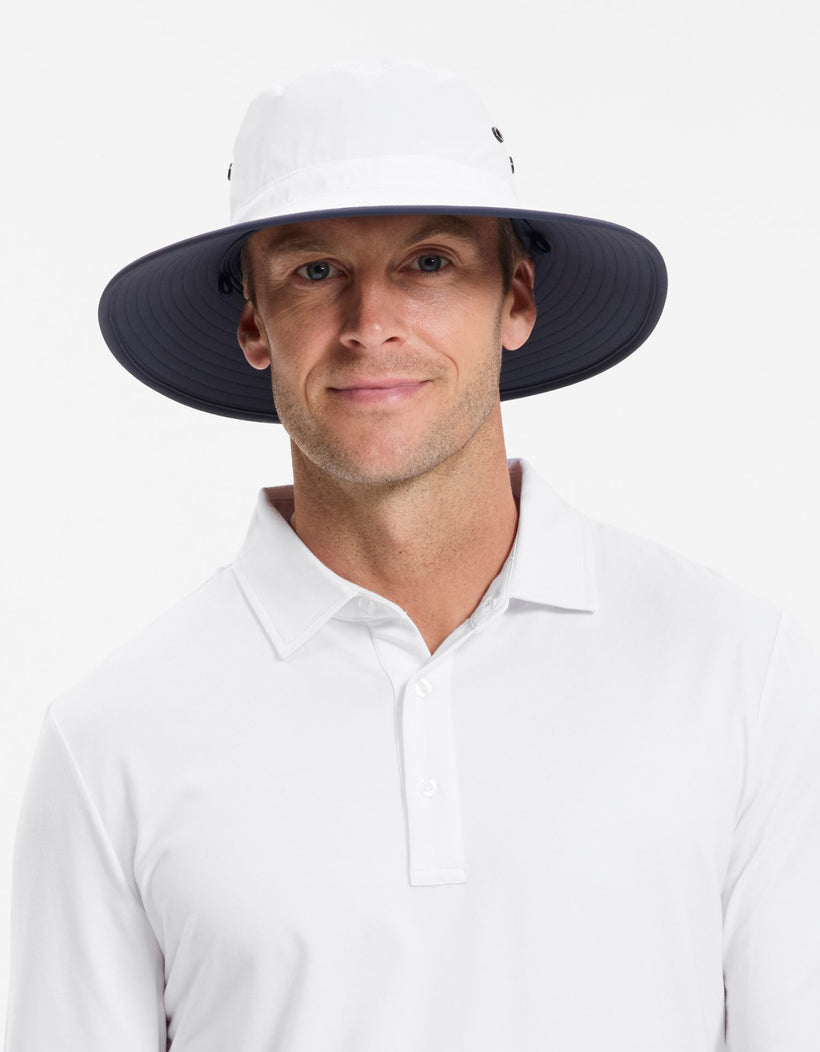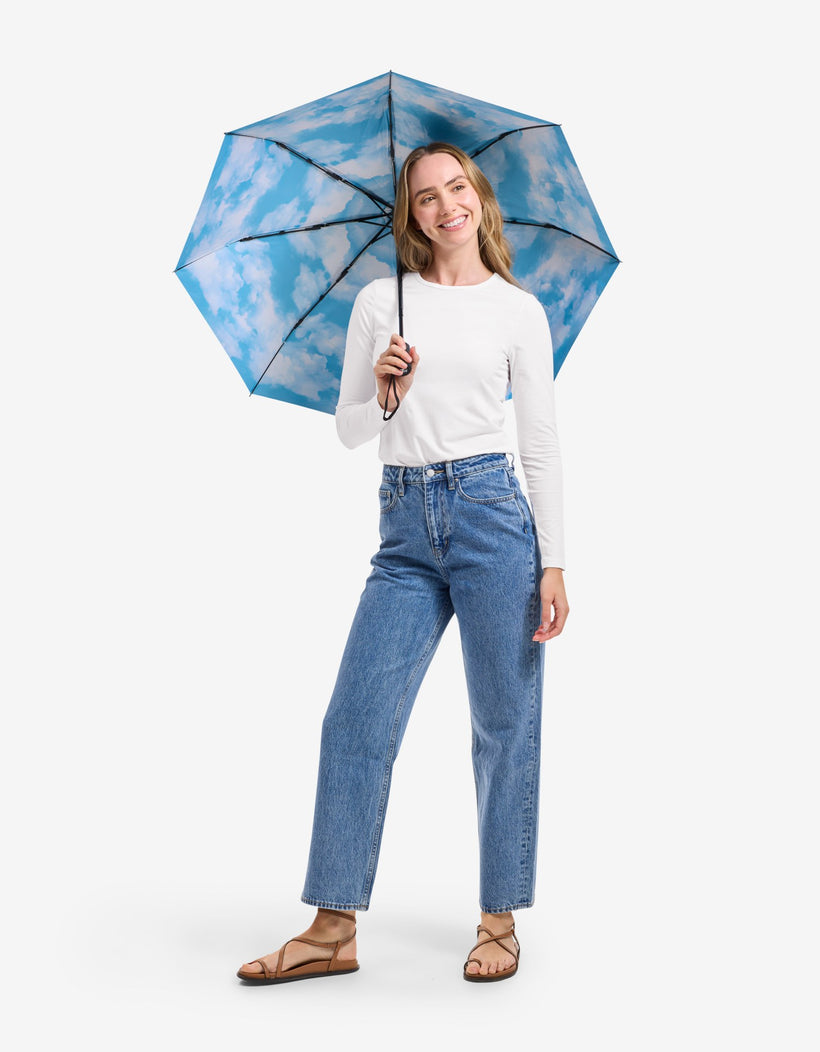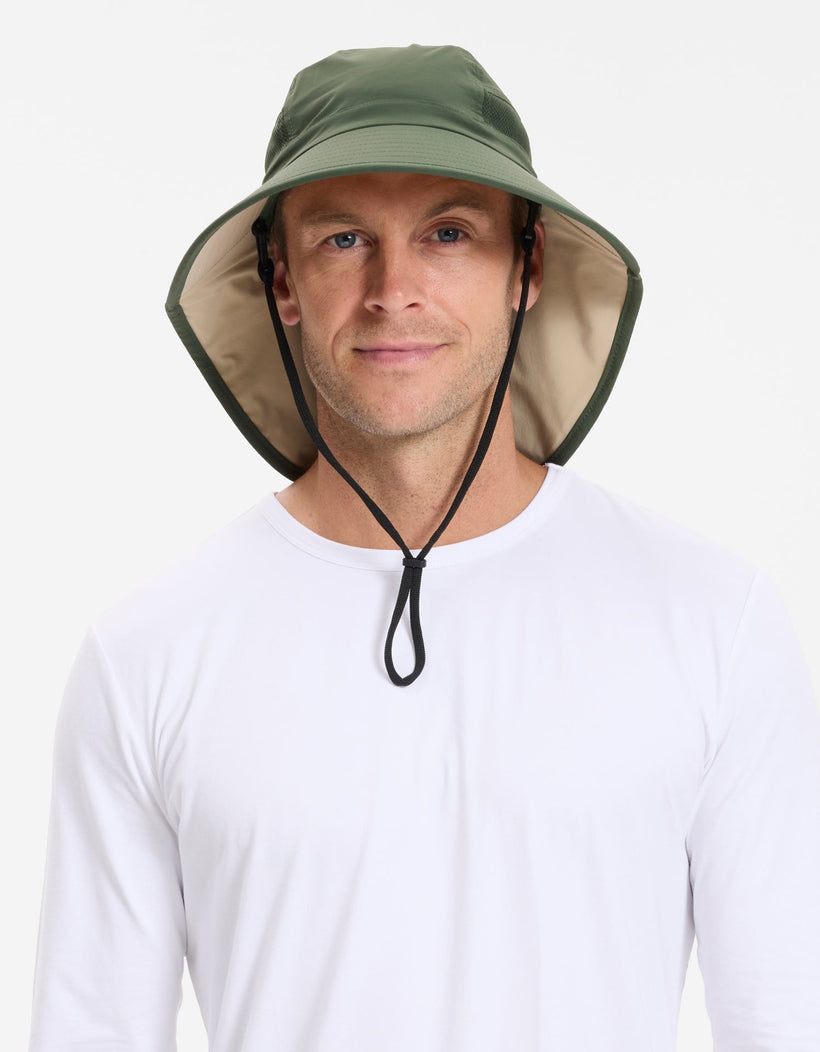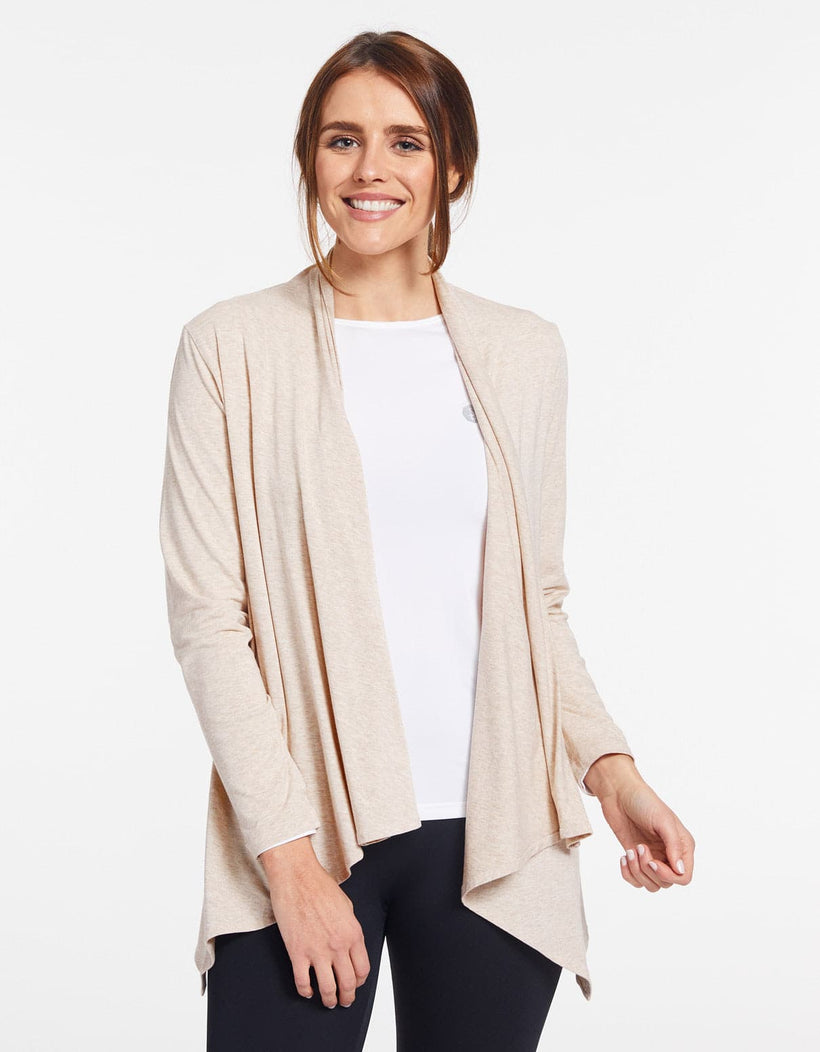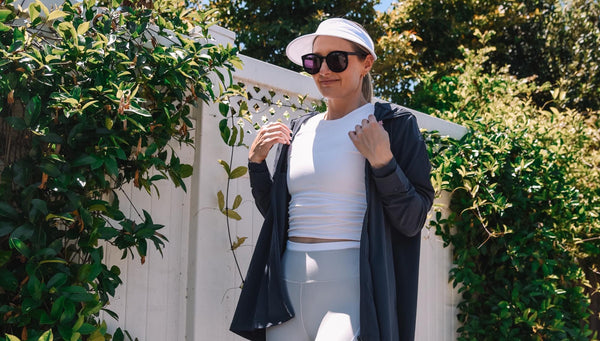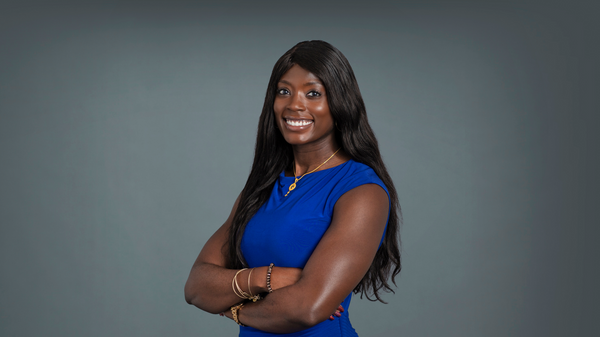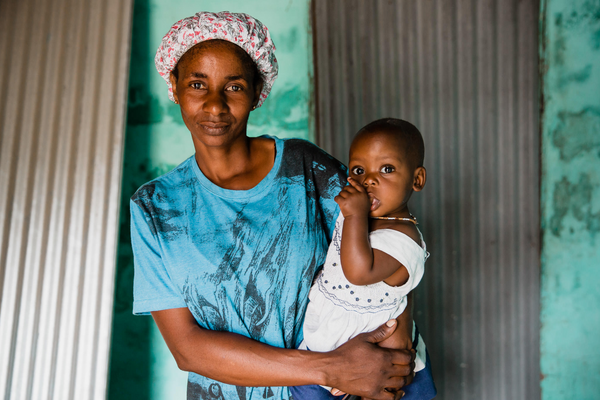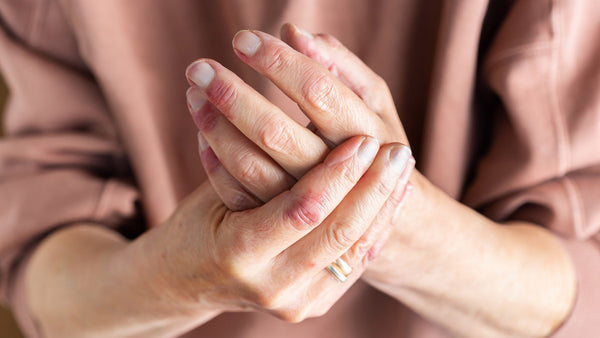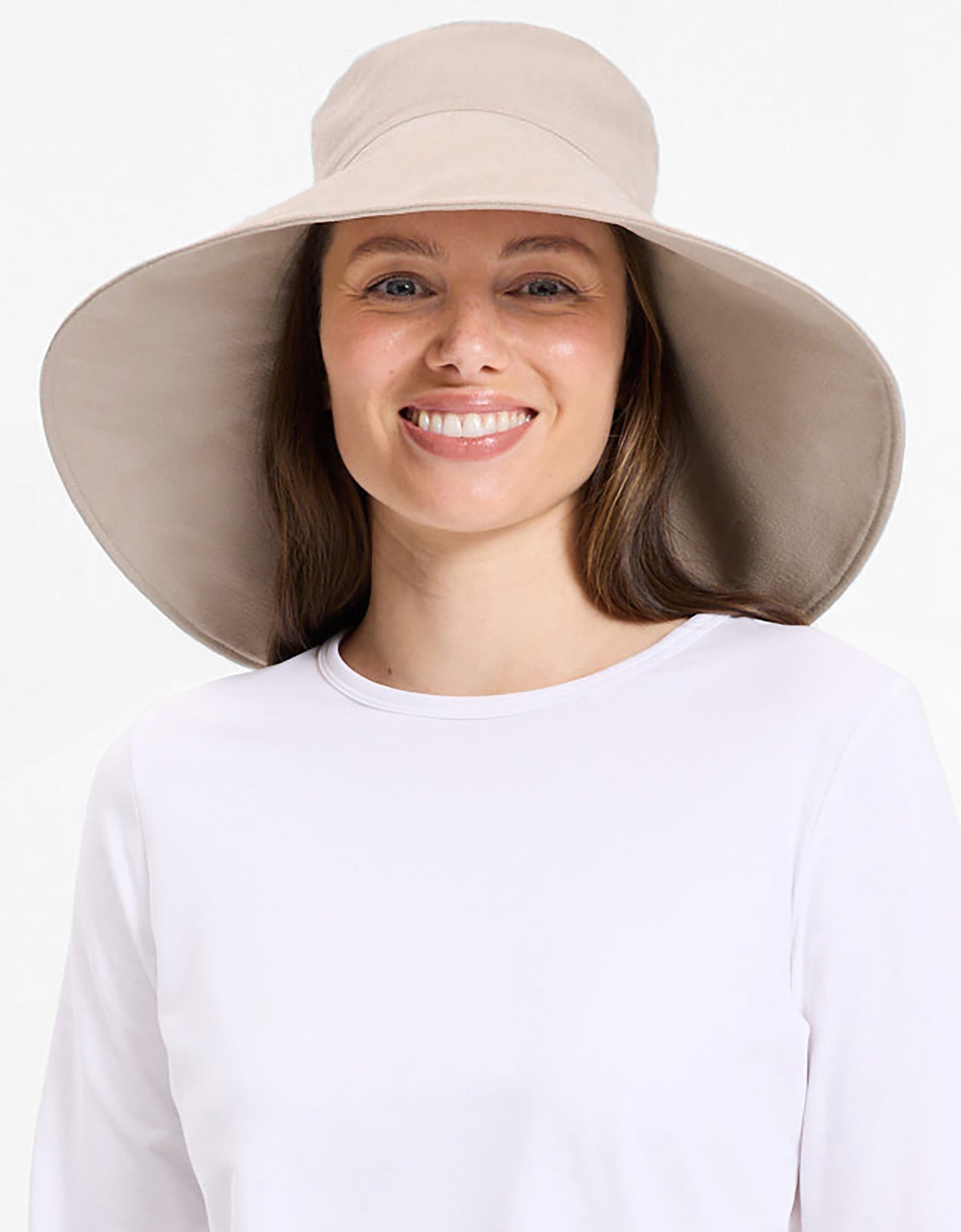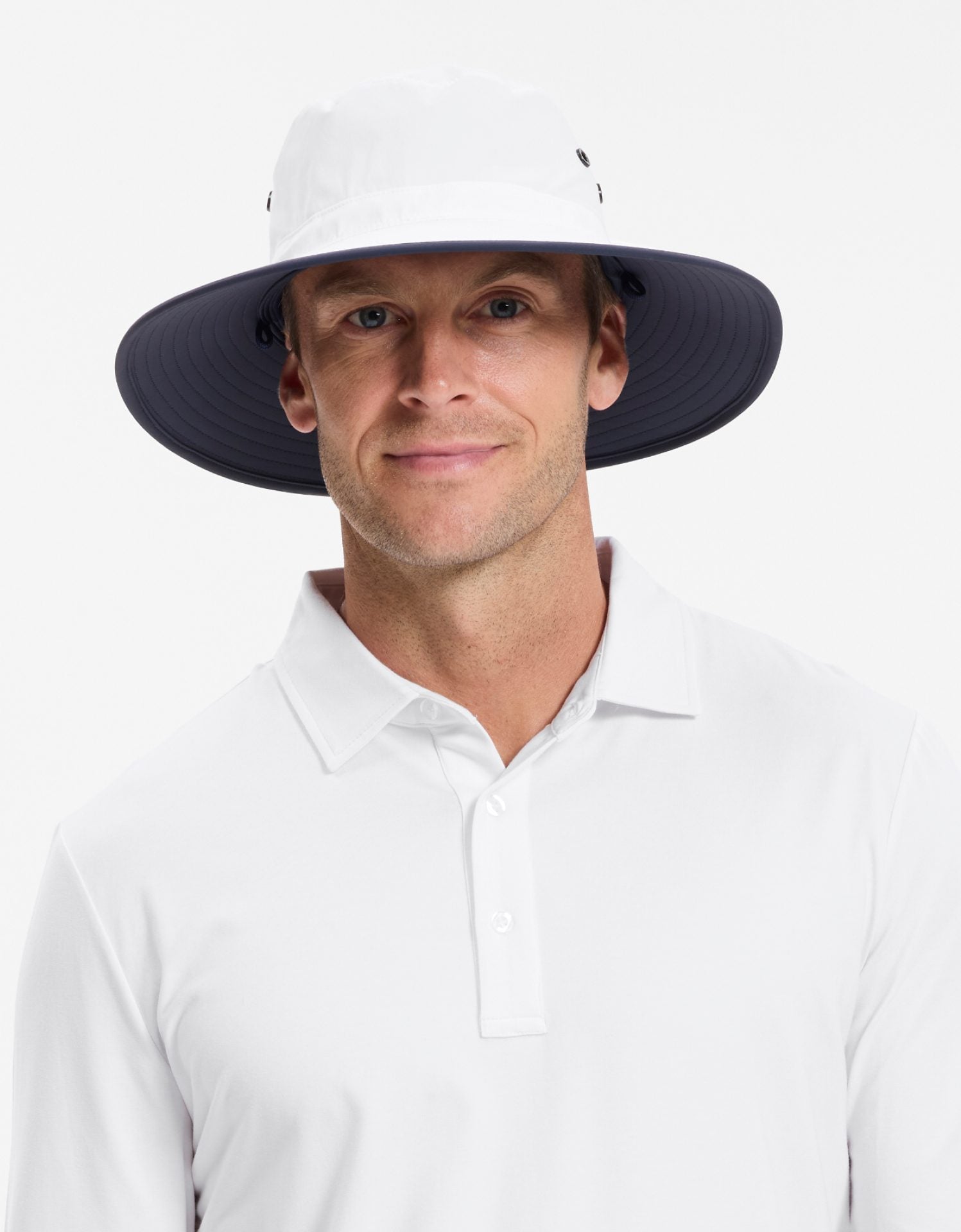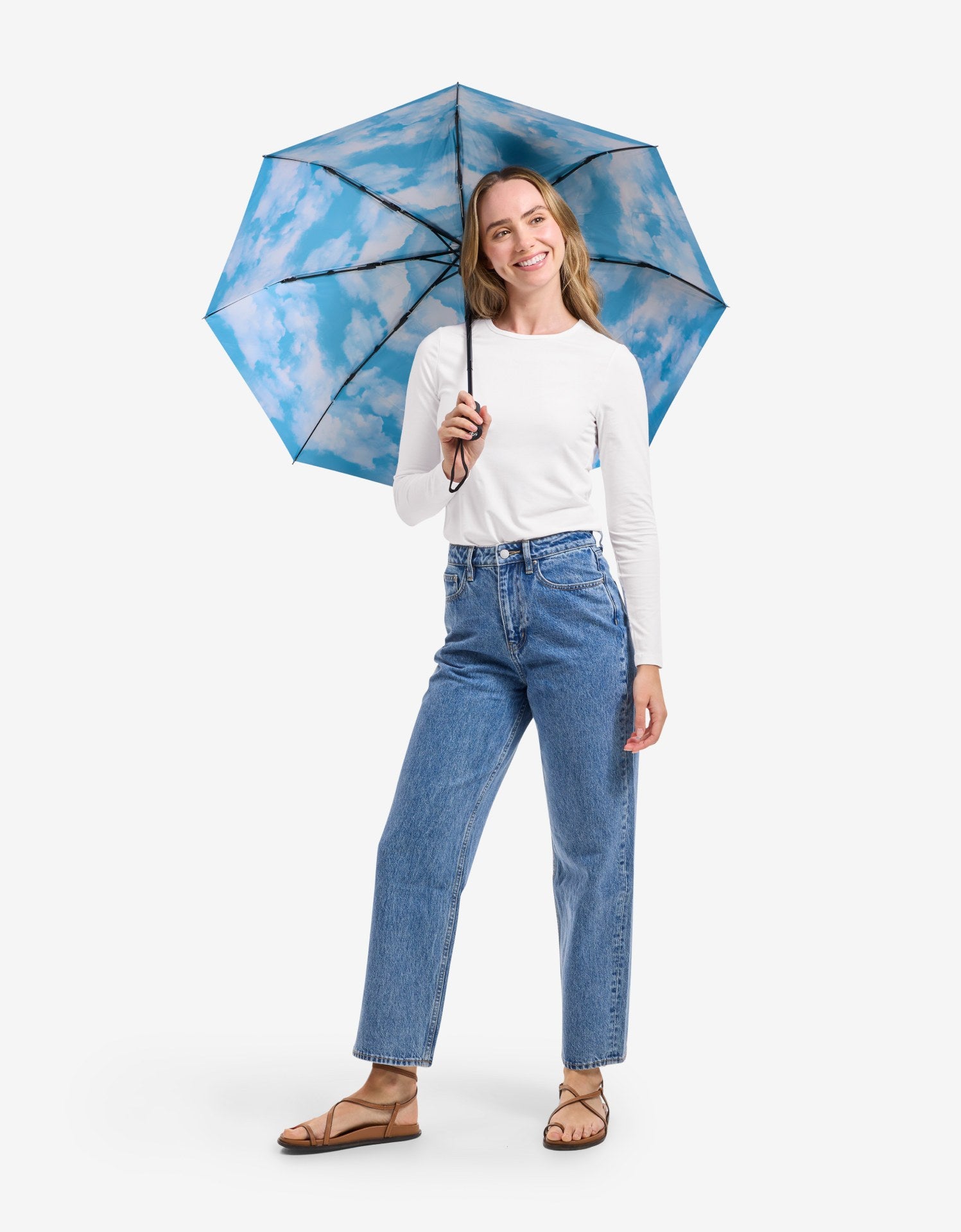How can I live with Photosensitivity?

Photosensitivity is when the skin has extreme sensitivity to UV light. This means that it is difficult to go outside during the day without taking a significant number of precautions. When exposed to the sun, the skin has an adverse reaction which can be similar to a severe sunburn or rash. People with photosensitivity also have an increased likelihood of skin cancer from sun exposure. Photosensitivity may be genetic or caused by some other factor which may include over-the-counter medication.
It is not practical or desirable to live a life indoors, so it is about taking steps to minimize UV exposure. The good news is that there are a number of precautionary measures which can help a person live with the condition.
People with photosensitivity will look to manage their condition by taking the following precautionary steps:
Consult with a medical professional - Not all photosensitivity is genetic. Photosensitivity is also known to be caused by some medications. It may be possible to manage other conditions by alternative methods which can help alleviate photosensitivity. Given the heightened risk of skin cancer, it is also advisable to have regular skin checks with a dermatologist.
Friends and family who understand - They say the life people lead is most directly impacted by those they spend time with. If a close network of friends and family have an appreciation of the challenges of photosensitivity, then this is likely to help enormously when it comes to managing the condition.
Going outside at a time of the day when UV levels are lower - UV levels tend to be significantly lower before 10am and after 5pm. UV levels are measured on a scale between 0 and 11+. UV above 6 is considered high.
Planning holidays - If you are planning time off from work which involves more time outdoors, it is worth noting that the UV levels vary a lot depending on the time of the year. For example, UV levels are low to moderate on average in Australia between the months of April to September. Of course, that will vary significantly depending on where you are in the country and the specific day, but the average UV level readings for the country as a whole are highly seasonal.
Wearing UPF 50+ sun protective clothing and a UPF 50+ wide brim sun hat - Dermatologists recommend sun protective clothing and a broad brim sun hat as the best way to cover up from the sun. Regular clothing may allow up to 20% of UV through the fabric, whereas UPF50+ ensures at least 98% of UV is blocked. Sun protective clothing is designed so that it provides effective skin coverage with features like long sleeves and mock neck collars. A wide brim sun hat can also utilize a neck flap to provide extra cover for your neck.
Wearing sunscreen with an SPF 50+ rating - Sunscreen should be seen as a last resort when it comes to sun protection. If at all possible, covering up with a physical barrier like a sun hat and clothing should always be first priority. SPF50+ is the highest sun protective rating for sunscreen in Australia.
You can find out more about Solbari's sun protective range by clicking the links below:
Women UPF 50+
Men UPF 50+
Sun hats UPF 50+
Accessories UPF 50+
SPF 50+ Sunscreen
